Mera Peak offers adventurous trekkers an unparalleled opportunity to conquer one of Nepal’s most iconic climbing peaks. Standing tall at 6,654 meters, this exhilarating challenge promises panoramic vistas of the Himalayan giants, including the mighty Everest. The journey begins with a rigorous trek through the stunning Hinku Valley, leading to the Mera La Base Camp. Climbers must possess the necessary fitness and gear to overcome the technical difficulties and altitude sickness. While the ascent isn’t for the faint of heart, those who dare to take on Mera Peak will be rewarded with an unforgettable mountaineering experience.
Key Points
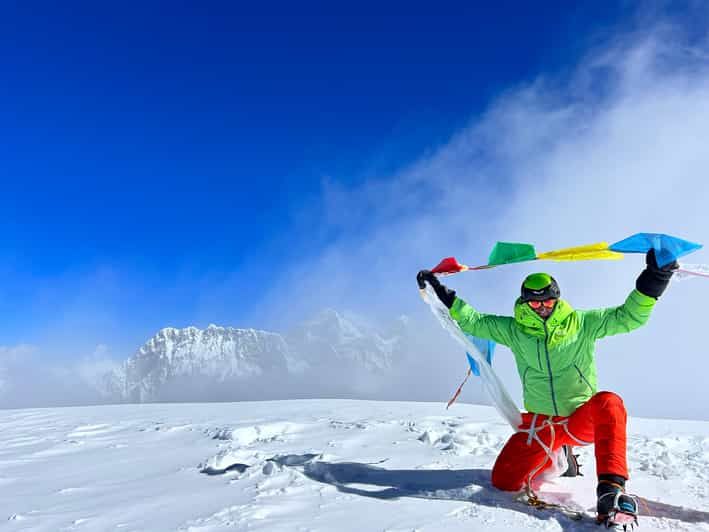
- Mera Peak, at 6,654 meters, is the highest trekking peak in Nepal, offering a true mountaineering adventure with technical climbing challenges.
- The trek through the Hinku Valley provides panoramic views of Himalayan giants like Everest, Cho-Oyu, Ama Dablam, and Kangtega.
- The expedition requires a moderate to high fitness level, with long hiking days and significant concerns about altitude sickness.
- Proper gear and equipment, including high-quality mountaineering boots, waterproof and breathable clothing, and safety accessories, are essential for the climb.
- The expedition is supported by experienced guides, porters, and safety protocols, with a starting price of $2,070.68 per person.
Overview of the Trek
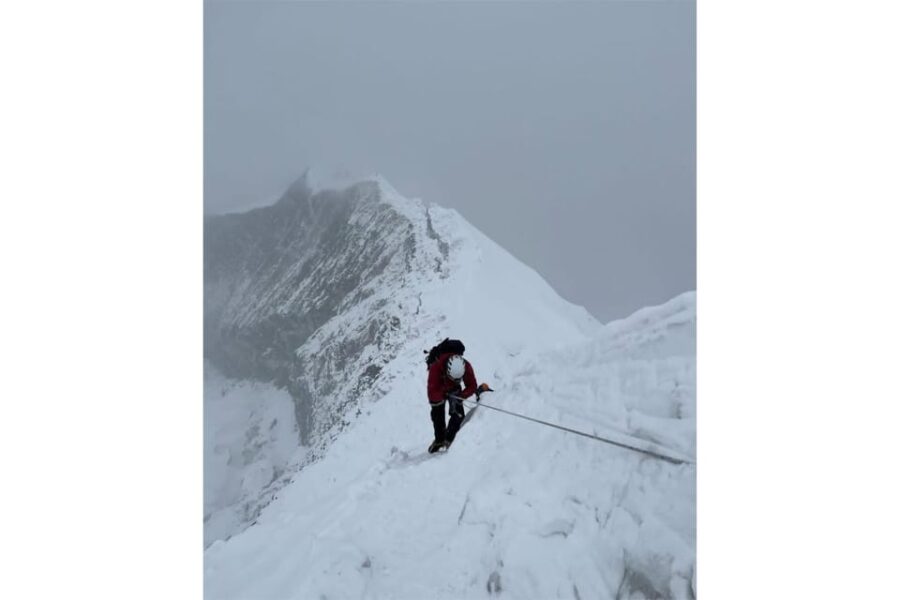
Mera Peak, standing tall at 6,654 meters, is the highest trekking peak in Nepal’s captivating Hinku Valley.
This true mountaineering experience offers stunning panoramic views of surrounding peaks like Cho-Oyu, Ama Dablam, and Kangtega, with the mighty Everest visible to the north.
The dramatic routes through the Himalayas provide an unforgettable journey, challenging trekkers with their technical aspects while rewarding them with breathtaking scenery.
For those seeking a true mountaineering adventure, Mera Peak‘s stunning vistas and exhilarating climb make it a must-visit destination in the Nepalese Himalayas.
You can also read our reviews of more tours and experiences in Koshi Zone.
Itinerary and Route
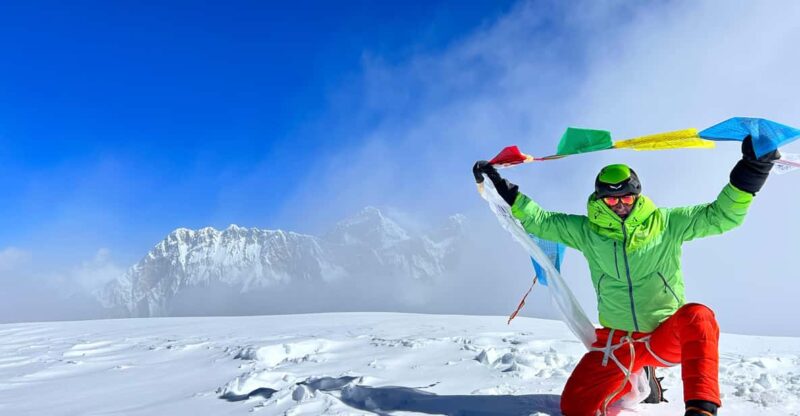
The Mera Peak climbing expedition typically begins with a flight from Kathmandu to Lukla, where participants commence their trek.
The route then winds through the Hinku Valley, offering stunning views of surrounding peaks. Trekkers will ascend through lush forests, cross high-altitude passes, and navigate glaciers before reaching the Mera La base camp.
From there, the final push to the summit involves a challenging yet rewarding climb. The itinerary is designed to acclimatize climbers gradually, ensuring a safe and successful expedition.
Along the way, trekkers will enjoy comfortable accommodations, hearty meals, and the expertise of experienced guides.
- Scenic trek through the Hinku Valley
- Ascent across high-altitude passes and glaciers
- Gradual acclimatization to ensure safety
- Comfortable accommodations and expert guides
Climbing Difficulty and Fitness
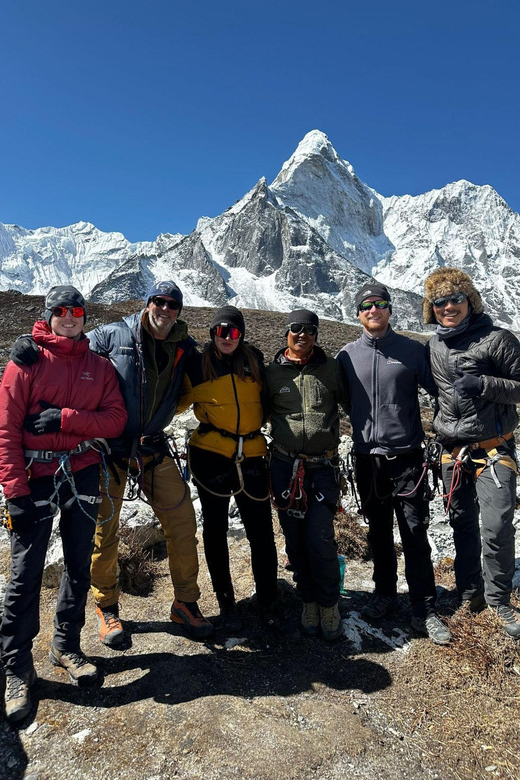
Climbing Mera Peak requires a moderate to high level of physical fitness. The trek involves long days of hiking, carrying a backpack, and navigating challenging terrain. Altitude sickness is a significant concern, and climbers must be prepared to handle the effects of thin air and cold temperatures.
| Difficulty | Fitness Level | Recommended Experience |
|---|---|---|
| Moderate | Able to hike 6-8 hours per day | Some previous trekking experience |
| High | Excellent physical condition | Technical climbing skills |
| Extreme | Elite athlete | Significant mountaineering experience |
Prospective climbers should consult with a healthcare professional and undergo a thorough medical evaluation before attempting the Mera Peak expedition. Proper training, acclimatization, and adherence to safety protocols are essential for a successful and safe climb.
Gear and Equipment
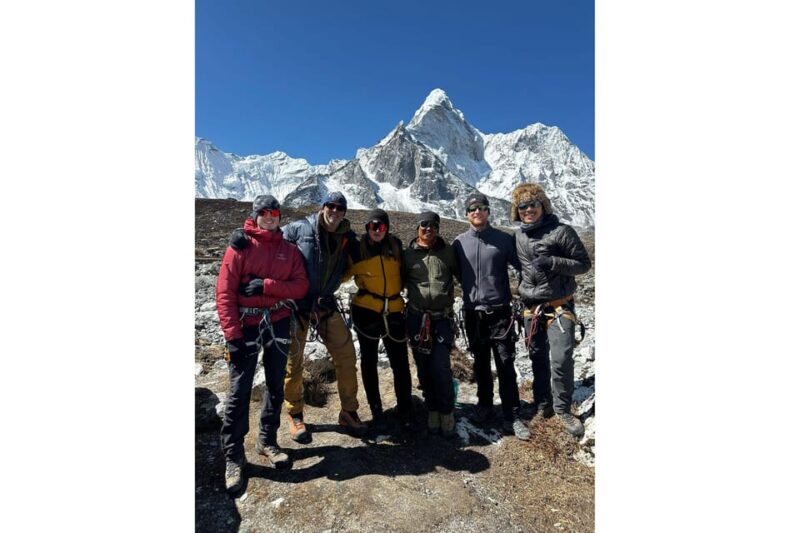
Proper gear and equipment are essential for a successful and safe climb of Mera Peak. The right kit can make the difference between a comfortable, enjoyable expedition and a miserable, dangerous one.
Recommended items include:
- High-quality mountaineering boots with good ankle support and traction
- Lightweight, waterproof and breathable outer layers
- Warm, insulating base and mid-layers
- Accessories like headlamps, trekking poles, and gloves
Climbers should also pack essential safety gear like harnesses, carabiners, and ropes.
Proper preparation and attention to detail when it comes to equipment will help ensure a memorable and fulfilling Mera Peak adventure.
More Great Thing To Do NearbyAccommodation and Meals
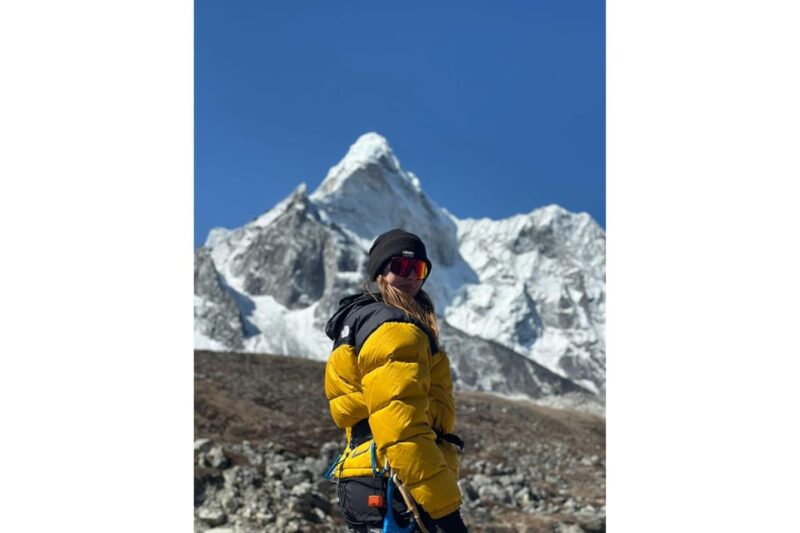
Comfortable accommodations and nourishing meals play a pivotal role in the Mera Peak climbing experience. Trekkers can expect cozy tea houses and lodges along the route, providing basic but comfortable lodging.
Hearty meals of Nepali cuisine, such as dal bhat and momos, are served to fuel the body for the demanding trek. Vegetarian options are available. Snacks and beverages are also provided during the day to maintain energy levels.
Porters carry the trekkers’ bags, allowing them to focus on the journey ahead. The comprehensive support ensures a seamless and enjoyable experience for climbers tackling the challenges of Mera Peak.
Safety and Risk Factors
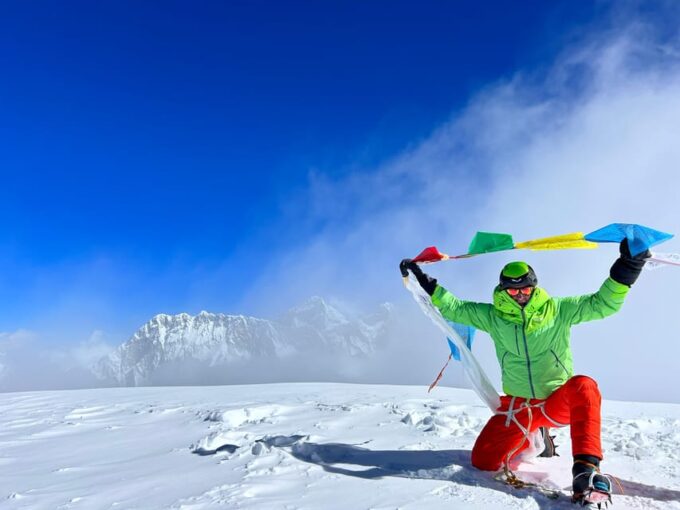
Safety is of paramount importance when tackling the challenges of Mera Peak. Participants must be prepared for the risks inherent in high-altitude climbing, including:
- Altitude sickness, which can be life-threatening if not properly managed
- Exposure to harsh weather conditions, such as extreme cold, wind, and snowfall
- The potential for technical difficulties on the steep, technical terrain
- The need for strong physical conditioning to endure the rigors of the climb
Comprehensive safety protocols, experienced guides, and proper gear are essential to mitigate these risks and ensure a successful and safe expedition.
Thorough pre-trip preparation and ongoing monitoring during the climb are critical for a rewarding and safe Mera Peak adventure.
Pricing and Booking
With pricing starting from $2,070.68 per person, Mera Peak climbing expeditions offer a range of options to suit different budgets.
Travelers can take advantage of the reserve now & pay later policy, which requires no upfront payment. Plus, a free cancellation policy up to 24 hours in advance ensures flexibility.
The 18-day itinerary is available for various start dates, so adventurers can choose the most convenient timing. Comprehensive support is provided, including airport transfers, meals, professional guides, and necessary permits and gear.
However, physical fitness is required, and weather conditions may vary, so travelers should pack accordingly and consider travel insurance to cover unexpected events.
Additional Information
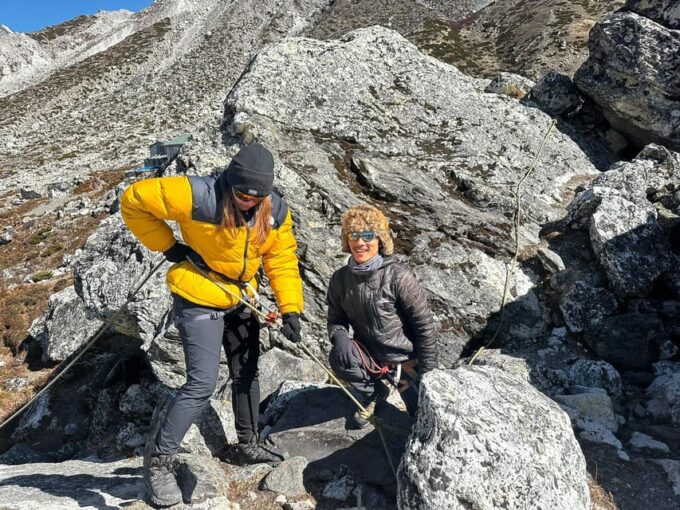
Aside from the core trekking and climbing activities, Mera Peak expeditions offer a range of optional add-ons for adventurers seeking a more immersive experience.
These include:
- Cultural tours to explore local villages and interact with indigenous communities
- Guided wildlife excursions to spot rare Himalayan species like red pandas and musk deer
- Adventurous side trips to nearby glaciers and high-altitude lakes
- Photography workshops to capture the stunning landscapes in the best light
These optional activities can be booked during the planning stage, allowing travelers to customize their Mera Peak adventure and create unforgettable memories in the heart of the Himalayas.
Frequently Asked Questions
Can I Combine Mera Peak With Other Trekking Destinations?
Yes, Mera Peak can be combined with other trekking destinations. Many providers offer combined treks, allowing climbers to experience more of Nepal’s stunning landscapes and cultural highlights during their journey.
What Is the Best Season for Mera Peak Climbing?
The best season for Mera Peak climbing is typically from March to May and September to November when the weather’s mild and skies are clear, offering optimal conditions for this challenging yet rewarding mountaineering experience.
Do I Need to Obtain Any Special Permits for This Trek?
Yes, special permits are required for Mera Peak climbing. Climbers must obtain a Trekking Permit and Climbing Permit from the Nepal Tourism Board. These permits ensure proper regulations and safety measures are in place for the trek.
Is There an Option to Hire a Personal Porter During the Climb?
Yes, porters are available for hire to carry your gear during the Mera Peak climb. This can be arranged through the tour operator and provides extra support throughout the challenging trek.
Are There Any Cultural or Religious Considerations I Should Be Aware Of?
Climbers should be respectful of local customs and traditions in the Hinku Valley. It’s important to dress modestly, avoid offending religious sites, and follow any cultural protocols guided by the expedition team.
Recap
Mera Peak climbing offers an exhilarating challenge for experienced trekkers. Its technical difficulty and high altitude require proper preparation and gear. Though the trek through the Hinku Valley is stunning, climbers must be ready to face altitude sickness risks. With the right mindset and safety precautions, adventurers can conquer this impressive peak and enjoy breathtaking views of the Himalayan giants.
You can check if your dates are available here:More Tour Reviews in Koshi Zone
Not for you? Here's more things to do in Koshi Zone we have recnetly reviewed
- 4 Best Tours In Koshi Zone
- 4 Best Helicopter Flights And Tours In Koshi Zone
- 4 Best Hiking And Trekking Tours In Koshi Zone
- Private Luxury Everest View 5 Days Heli Tour
- Everest Base Camp Overnight Stay Trek – 15 Days
- Kathmandu Everest Helicopter Tour With Guranteed Landing
- From Lukla: Mera Peak (6,476m) Climbing
- Island Peak (6,189m) Climbing
